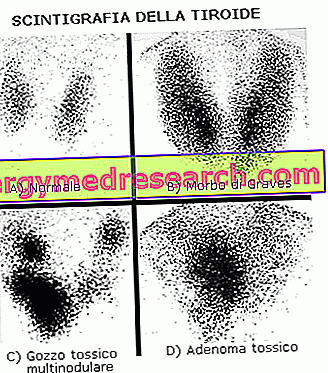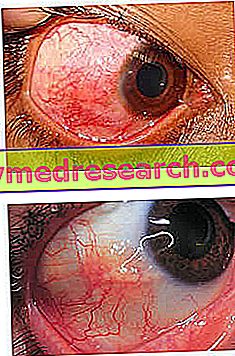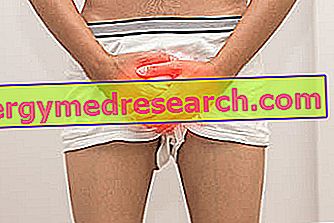| Scintigraphy | Bone scintigraphy | Thyroid scintigraphy | Myocardial scintigraphy |
Thyroid scintigraphy is a diagnostic imaging technique, which provides valuable information not only on the morphology of this gland, but also and above all on its functionality. Like all scintigraphic techniques, it is based on the administration of radioactive drugs able to be distributed preferentially in the studied body district, in this case in the thyroid. The radiations emitted by the tissues rendered radioactive by the tracer are then picked up by a special receiver device, called gamma-camera and capable of detecting the radiation emitted (gamma rays similar to X-rays on radiographs).

Since the thyroid is greedy for iodine, this being an essential mineral for the synthesis of its hormones, the classic tracer used in thyroid scintigraphy is radioactive iodine (123I and especially 131I), flanked by the 99Tc; the latter - technetium 99 - is generally preferred both for its functional characteristics (shorter half-life) and for its low cost and lower irradiation.
In recent years the diagnostic use of thyroid scintigraphy has been reduced in favor of ultrasound, which currently represents the first-level survey in patients with suspected thyroid pathology (it mainly provides morphological information). The scintigrafia is therefore a complementary investigation, that between its more common indications recognizes:
THYROID NODULES: small clusters of roundish cells, generally benign.
Thyroid scintigraphy allows to distinguish the nodules already detected with other methods (ultrasound, palpation, etc.) in:
- warm (autonomously functioning, with the risk of hyperthyroidism but mostly benign, see Plummer's adenoma);
- cold (with a reduced degree of activity compared to the rest of the gland, but with a greater probability of hiding a tumor; for this reason they often require a direct ascertainment using a fine-needle aspiration: with a thin, ultrasound-guided needle, samples are taken nodule cells, subsequently analyzed in the laboratory).
TOXIC MULTINODULAR GOZZO: hypertrophy and hyperplasia of circumscribed thyroid areas, variable in size, which become hyper-secreting causing symptoms characteristic of hyperthyroidism. It differs from the so-called diffuse toxic goitre (Basedow's disease), supported by global thyroid hyperplasia.
TIREOTOSSICOSIS: clinical picture that is established in response to the exposure of the tissues to the thyroid hormones in excess; in this sense the thyroid scintigraphy helps the doctor to calculate the dose of Iodine 131 to be administered to the patient (in appropriate doses, this radioactive drug is also able to destroy the abnormal thyroid cells).
NEONATAL HYPOTHYROIDISM: search for thyroid agenesis (absence of the gland) or ectopic glandular tissue (ie, external to the gland, such as lingual thyroid, ovary struma, etc.).
PRESENTATION OF METASTIC THYROID STUFF: thyroid and totalbody scintigraphy is indicated in patients already subjected to surgical removal of the gland (thyroidectomy) to evaluate the presence of residual glandular tissue, possible relapses or metastases with preserved iodine uptake.
performing thyroid scintigraphy



